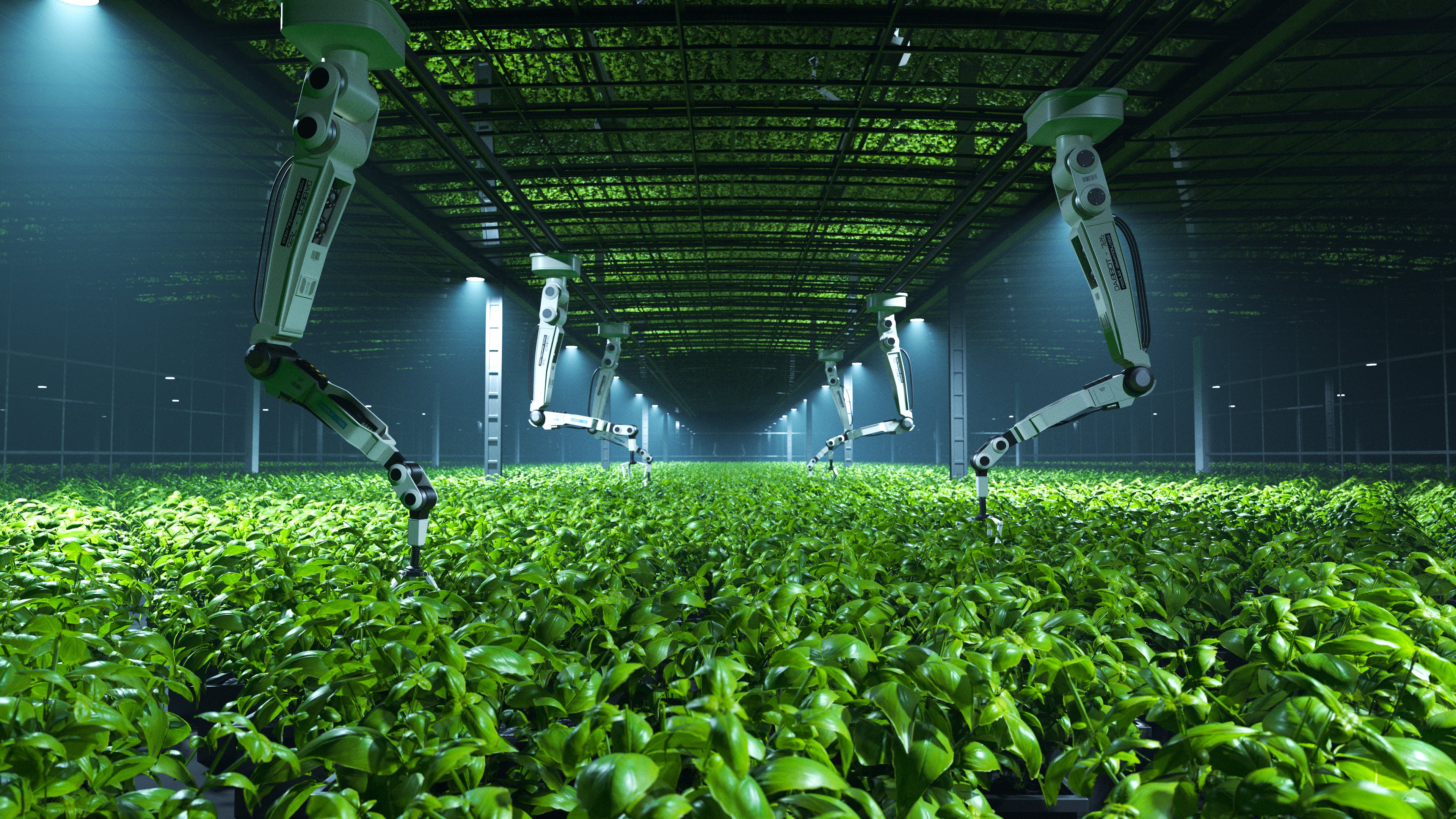New NVIDIA Studio Driver Arrives For V-Ray GPU Next and Blender Cycles
Soon, two of the world’s most popular 3D renderers--V-Ray and Blender Cycles--will be released with support for RTX-accelerated ray tracing, enabling artists to get their work done in record time.

Chaos Group’s V-Ray GPU Next renderer, among the world’s most widely-used professional rendering solutions, begins to add RTX hardware acceleration across its wide product line through a series of complementary updates starting with V-Ray Next for 3ds Max this week and V-Ray Next for Maya soon to follow. Stay tuned for news about the upcoming V-Ray updates here.
Art © Dabarti Studio
Within 3ds Max, you will now find a drop-down choice to use our traditional CUDA path or our new RTX path. Your image results should be the same between the two without modifying any other setting or adjusting your scene – it just works. Going back and forth between the two paths will only modify what processors are being used, so there’s minimal effort to compare the two.
Don’t have V-Ray? Chaos Group is offering a free 30-day trial of V-Ray for 3ds Max with RTX support built-in. Click here for more details.
Blender, the free and open source 3D creation suite is also releasing a new RTX-accelerated renderer this week. With the 2.81 release, Blender’s built-in Cycles renderer, brings RTX hardware acceleration by adding experimental support of NVIDIA OptiX. Rendering with OptiX and RTX GPUs, artists can now complete their renders two times faster than it would take with CUDA accelerated rendering, and up to seven times faster than only using a CPU. Find out more about Blender 2.81 here.
To turn on RTX acceleration in Blender 2.81:
- From the “Edit” menu, select “Preferences”.
- Select the “System” tab in the left hand navigation, then under “Cycles Render devices” select “OptiX”.
- In the scene settings pane, by default in the bottom right, select the “Render Properties” tab, indicated by a camera icon.
- In the “Render Engine” field, select “Cycles” and in “Device” field select “GPU Compute”.
CC: Spring, short film, cloud.blender.org
These dramatic speedups in ray traced rendering performance are made possible with NVIDIA OptiX 7and the latest NVIDIA Studio Driver.
Learn more about how NVIDIA GPUs accelerate content creation and our new RTX Studio laptops, then download the latest Studio Driver and provide us your feedback on the NVIDIA forums.

